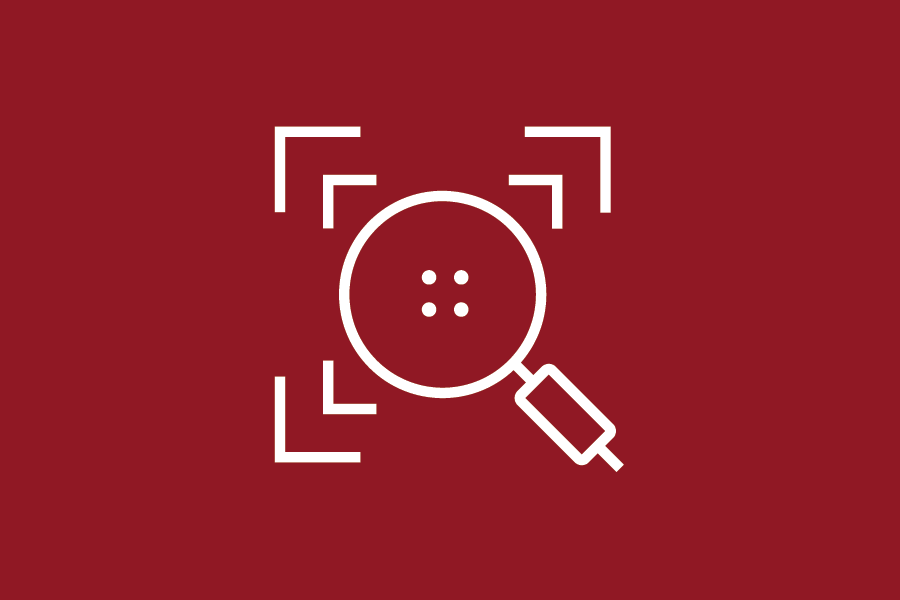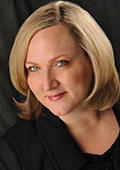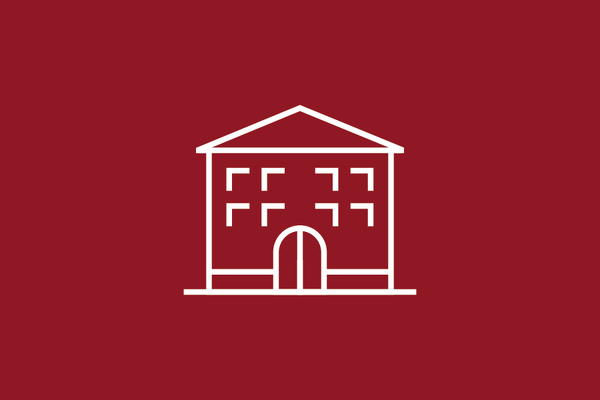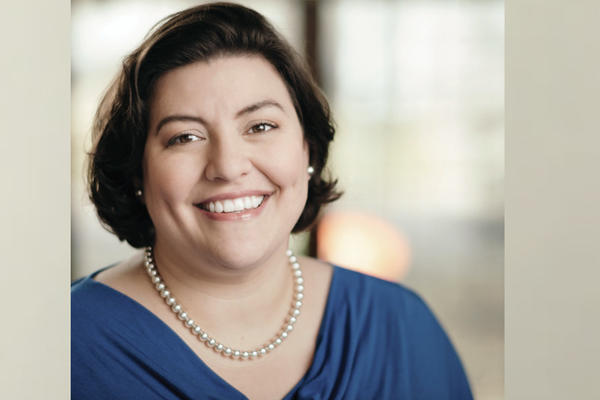Putting consumers in control could increase data sharing, improve care
The sharing of electronic health records and patient information has the potential to help care teams coordinate and improve the quality and safety of patient care, and often identify issues before they are obvious and plan interventions accordingly.
March 26, 2020
Steve Rudolph

The sharing of electronic health records and patient information has the potential to help care teams coordinate and improve the quality and safety of patient care, and often identify issues before they are obvious and plan interventions accordingly.
But what happens if patients decide to withhold or suppress their information over security or privacy fears?
“An individual’s choice to share or not share their data is a fundamental underpinning of everything we do in health care,” said Clinical Assistant Professor Lisa Moon, PhD, RN, LNC, CCMC. “It’s an under-recognized and underappreciated issue that is affecting all the downstream work health care is trying to do.”

In her PhD dissertation at the School of Nursing, Moon found 14% of people surveyed said they withhold data. In the U.S., that withholding of information would equate to 45 million people missing from a dataset.
“You can dismiss the 14% because you’ve got 86% of the data, but what we don’t understand is why they choose to withhold. And we don’t know if that suppression of information affects frontline staff and the people working on population health when they believe that they are working from a full set of information,” said Moon.
In addition to patients withholding consent to having their information shared, Moon’s research showed that many are concealing important details about their health over fear of losing insurance coverage or how their information might be used. She cites defense contractors she has worked with who were reticent to mention mental health issues to a professional out of fear that information could be disclosed and result in the loss of a security clearance or future job opportunity.
The solution is to give consumer’s ownership of their information and control over who can access that data, rather than the status quo of having data reside with who collected it.
In her research, Moon developed a framework to show the relationships between information privacy, data security and the preference to share or withhold data. The framework is based on a national data set. The model showed that individuals expect their data to be shared with their health care providers, and they want both control and access to their protected health information. She hopes her work will guide policy changes and further development to allow consumers to have full control of their information and to manage how their protected health information is shared, while providing a complete dataset to guide public health efforts.
Moon knows it won’t be easy to transform the system, but she’s undaunted in her efforts to operationalize consumer choice in data sharing. She thinks nurses can and should be playing a more pivotal role in transforming health care’s technological infrastructure.
“Nurses look at problems differently,” said Moon. “I look at distributed networked ecosystems and see an adaptive system ready for disruption.”


